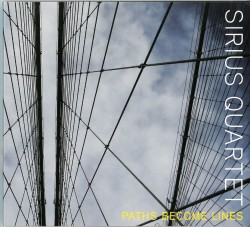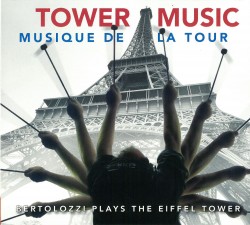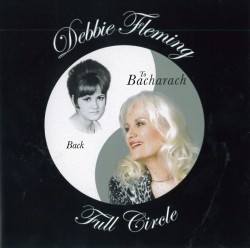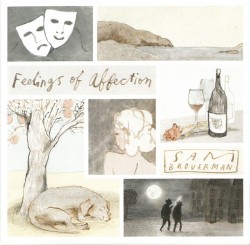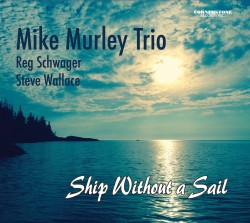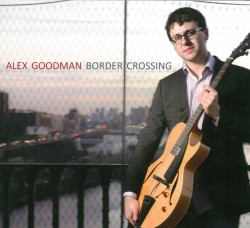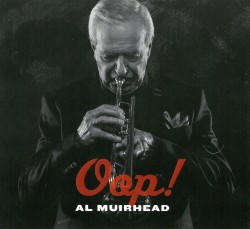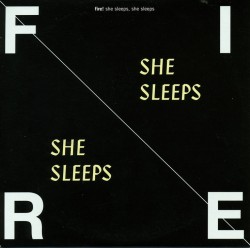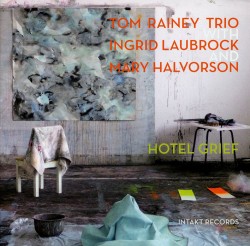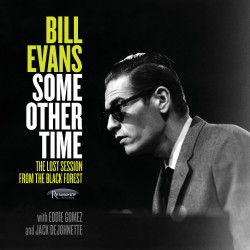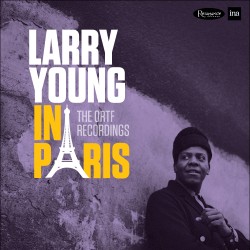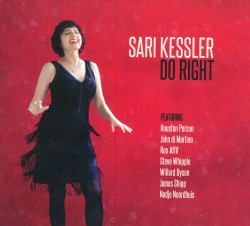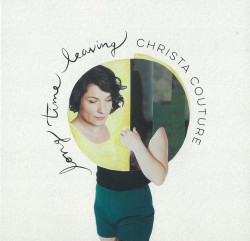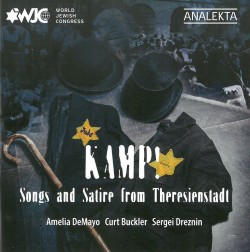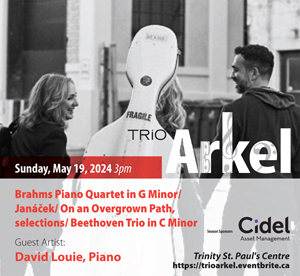WAM - Michael Finnissy; Michael Norsworthy
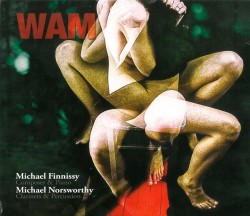 WAM
WAM
Michael Finnissy; Michael Norsworthy
New Focus Recordings FCR157 (newfocusrecordings.com)
While it may not move you to tears or laughter, the music of Michael Finnissy should hold you in a kind of rapt fascination, like an elaborate mechanism with multi-coloured parts moving according to mysterious laws. This new release features American clarinetist Michael Norsworthy. The composer provides the piano accompaniment; also performing are violinist William Fedkenheuer and the New England Conservatory Wind Ensemble.
Brief liner notes by the composer offer some helpful information: his substantial Clarinet Sonata unfolds calmly, the piano part presenting a cantus firmus derived from a late Beethoven piano sonata (Op.110). There is no obvious link, but each bar of the original is presented in retrograde (but presumably in the original order) while the clarinet line swans about lazily above. The second track, for E-flat clarinet, two pianos and two bass drums, uses a chance element: though the material is defined, its synchronicity is not. The E-flat colour is shocking; one at first wonders if Norsworthy has forgotten his better reeds at home.
Track three introduces cat screeches (yes, literally) and still more chance elements. I do believe my allergies were acting up so I found it hard to concentrate. I kept waiting to sneeze at the next feline interjection. As cute as the kitties are, I preferred the jazzy final track with wind ensemble: Giant Abstract Samba is fun.
Just as Finnissy recomposes Beethoven earlier, on the title track his musical source is Mozart. He obviously has no fear of vengeful ghosts seeking him out. WAM moves the performers on- and offstage, a theatrical effect somewhat diluted on record. You’ll hear the violin and later the clarinet at a distance at different moments. I have no idea what it all means, but it’s…fascinating.


